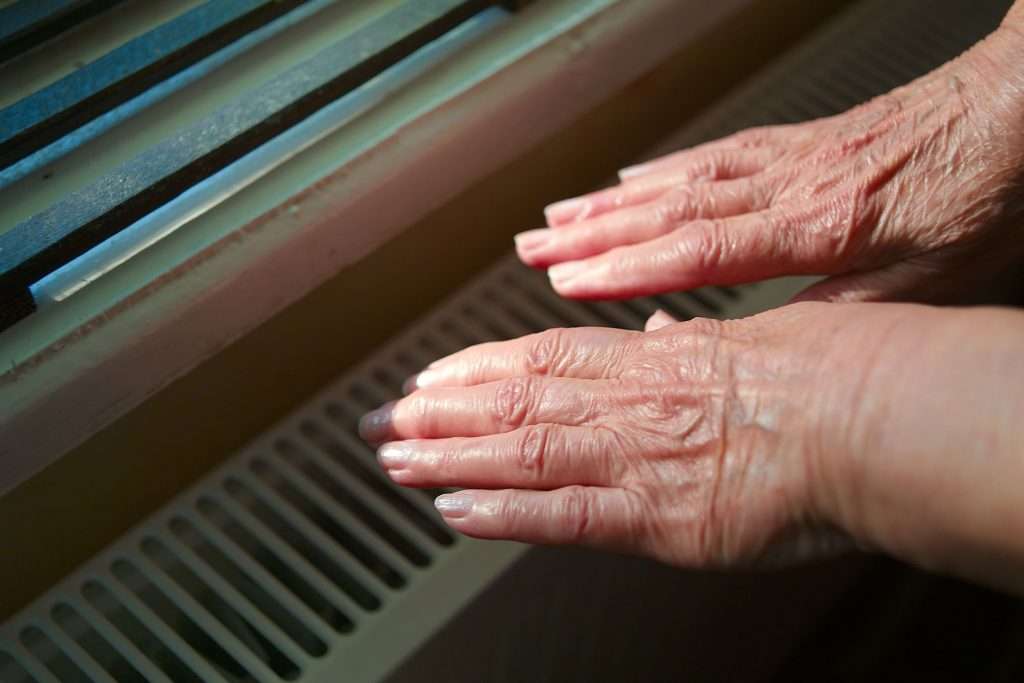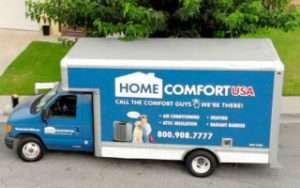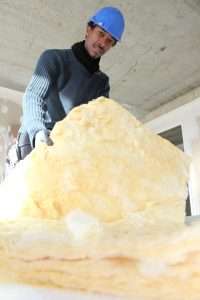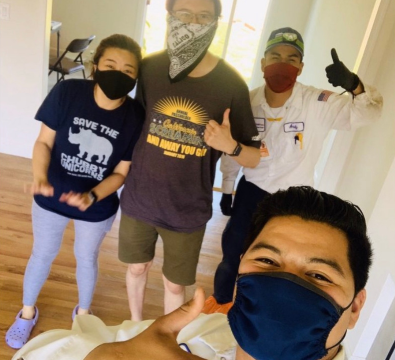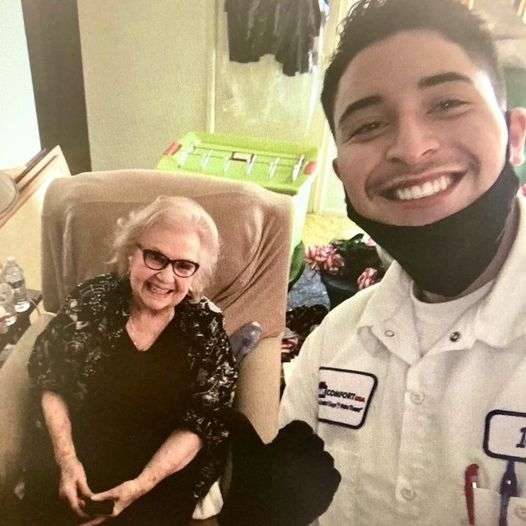If you’ve ever turned on your heater in the dead of winter to find out the heater is blowing cold air, then this blog post is for you. A heater is more than a luxury when temperatures start to drop—it’s essential. Furnaces are a significant part of the heating system in your home. The heating season is coming to an end, but if your furnace is blowing cold air, it’s time to take action before you find yourself shivering through the winter months.
Is Your Furnace Blowing Cold Air?
Continue reading to discover five common reasons why a heater could be blowing cold air. This article will help you figure out what might be wrong with your furnace and how to take care of the problem before it becomes too severe. While some of these furnace problems can be resolved with DIY tasks for some homeowners, it’s essential to call an HVAC technician for complete troubleshooting and professional service. When left unchecked, furnace issues and a cold house could be costing you money.
1) Incorrect Thermostat Setting
Sometimes the problem with your electric or gas furnace is as simple as adjusting the thermostat. A heater blowing cold air could signify that the thermostat hasn’t been adjusted properly, which often happens when a dual unit includes both a furnace and air conditioning. An easy fix is to make sure the thermostat fan setting is on, set to the right temperature, and switched to an “automatic” setting instead of just “on.”
The problem becomes complicated when a thermostat is old, broken, or otherwise malfunctioning. This situation needs more attention, and it would be best to hire a professional HVAC technician to diagnose.
2) Heater Hasn't Warmed Up
If the HVAC system has just been turned on and is blowing cold air, your unit could need some time to get started. The general rule is to wait ten to fifteen minutes before hot air begins to blow out. There’s still a blower fan running when the unit turns on, which explains why air is blowing out of the vents despite the lack of heat.
This is a common issue when the heater is being turned on for the first time in the season. Give it some time, check back in ten minutes, and move on to the following reason if the air is still cold.
3) Failed Ignition or Flame Sensor
Another reason the heater isn’t blowing warm air could be a failed ignition. In older furnace heaters, the pilot light is responsible for lighting and heating the air blown into the home. If the flame fails to ignite or the light itself is inconsistent, then the heater has no way of generating heat.
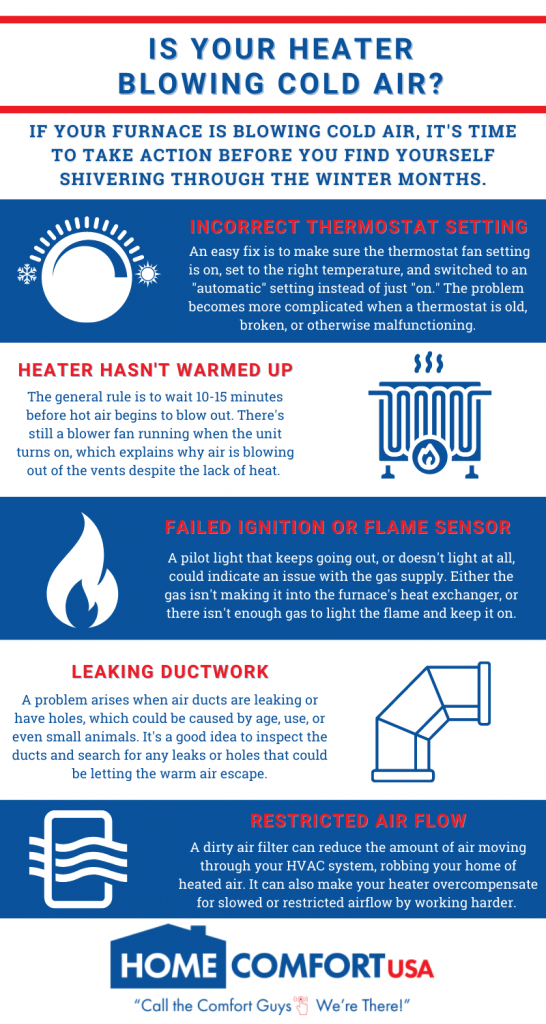
A pilot light that keeps going out, or doesn’t light at all, could indicate an issue with the gas supply. Either the gas is not making it into the furnace’s heat exchanger, or there isn’t enough gas to light the flame and keep it on. Either way, the best solution is to get it checked out by an HVAC professional. Changing the pilot light system is a dangerous furnace repair task.
4) Leaking Ductwork
Cold air has to be sucked into the furnace’s heat exchanger, heated, then pushed out into your home through air ducts. A problem arises when these air ducts are leaking or have holes, which could be caused by age, use, or even small animals biting into them.
If your heater is on and you still have a furnace blowing cold air, it’s a good idea to inspect the ducts and search for any leaks or holes in them that could be letting the warm air escape. These could also be preventing cold air from making it to the heater in the first place.
5) Restricted Air Flow
Dirty or clogged filters can severely reduce the effectiveness of a heater to the point that it doesn’t heat at all. A dirty air filter can reduce the amount of air moving through your HVAC system, robbing your home of heated air. It can also make your heater overcompensate for slowed or restricted airflow by working harder, often to the point of exhaustion.
When this happens, your system can overheat and turn off so that the only thing your furnace can do is blow out the same air it takes in.

